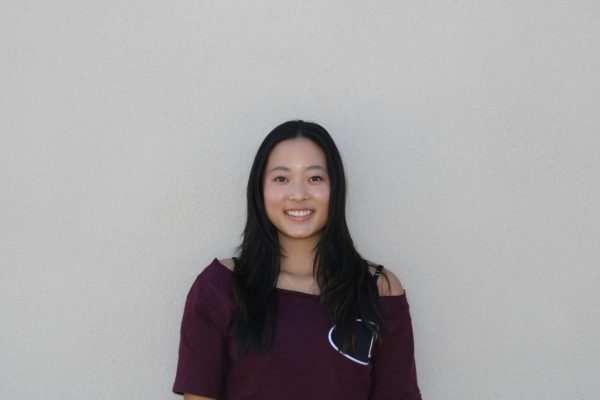The USC Speak Your Mind Challenge has made its way to Campolindo in a rekindling of the similar 2014 Amyotrophic Lateral Sclerosis (ALS) Ice Bucket Challenge. The original challenge was started by three teenage boys living with ALS; Anthony Senerchia, Pete Frates, and Pat Quinn, which reached the international community 10 years prior to today. And now, nearly a decade later, Campo students again partake in a new challenge “supporting” a new important cause.
Across Instagram, stories about the USC Speak Your Mind Challenge were popping up by the day throughout the month of April. With so many stories from various sources, it can be confusing what the purpose of pouring a bucket of water on a person’s head can serve. While students like junior Kyle Chang understand the meaning is “to spread awareness about mental health,” he is worried how the challenge might be perceived as “just another TikTok trend.”
The challenge originated because at University of South Carolina a student passed away due to complications of mental health. But junior Adison Schoemehl says that she doesn’t believe everyone truly understood the purpose of the challenge. “I actually talked to one of my friends, who, after seeing my video, came up to me and said ‘Wait, it was about mental health?’”
While the Speak Your Mind Challenge can be viewed as a negative due to the lack of awareness it may have spread, turning a serious topic such as mental health into an easy and accessible activity can be an effective way to create space for important conversations.
“It’s fun to partake in something that’s for a cause,” said Chang. Senior Vivian Wong agrees saying, “I think it’s less effective because you don’t actually say what it’s about…But I think it’s a good way to get people involved.” Despite critiquing aspects of the challenge, she believes that social media trends can be effective in involving younger audiences into larger discussions about mental health.
A common suggestion from Campo students is to be more explicit about the cause behind the challenge. Wong suggested, “Just add an extra sentence or two” to explain the purpose for the challenge. Junior Eason Feng agrees, saying the purpose should be included “within the video itself.”
Despite the mixed effectiveness, there’s still optimism around campus due to the extent of the online support. Chang highlighted the idea of utilizing past social media trends for meaningful purposes by saying, “To come back to older challenges but with a new meaning, I think [we] could continue to do that.”
So while the USC Speak Your Mind Challenge may not have landed perfectly with every student across campus, it served its function in the conversations started and has brought some awareness to the cause. “I think ‘effective’ is a stretch. But I think something is better than nothing, so I’m still glad it was able to get so popular,” said Schoemehl.
By combining fun and a greater purpose, students hope the challenge can evolve into something larger than a passing trend.



